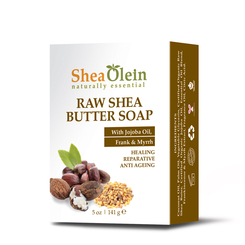DISCLAIMER: [Type*] - Name trademarks and copyrights are properties of their respective manufacturers and/or designers. These versions are NOT to be confused with the originals and 3rd Phaze Body Oils Inc has no affiliation with the manufacturers/designers. Our interpretation of this fragrance was created through chemical analysis and reproduction and this description is to give the customer an idea of scent character, not to mislead, confuse the customer or infringe on the manufacturers/designer's name and valuable trademark. Compliance with the federal trade commission's statement of policy regarding comparative advertising. Statement of policy visit: http://www.ftc.gov/bcp/policystmt/ad-compare.htmDISCLAIMER:
-
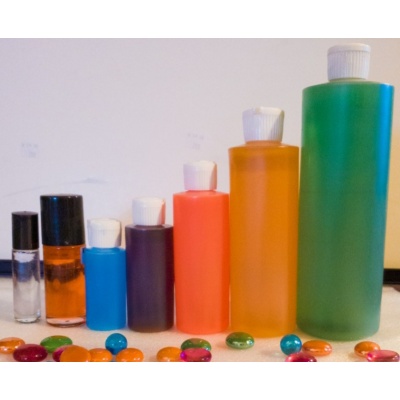
-

DISCLAIMER: [Type*] - Name trademarks and copyrights are properties of their respective manufacturers and/or designers. These versions are NOT to be confused with the originals and 3rd Phaze Body Oils Inc has no affiliation with the manufacturers/designers. Our interpretation of this fragrance was created through chemical analysis and reproduction and this description is to give the customer an idea of scent character, not to mislead, confuse the customer or infringe on the manufacturers/designer's name and valuable trademark. Compliance with the federal trade commission's statement of policy regarding comparative advertising. Statement of policy visit: http://www.ftc.gov/bcp/policystmt/ad-compare.htmDISCLAIMER:
-
Sale!
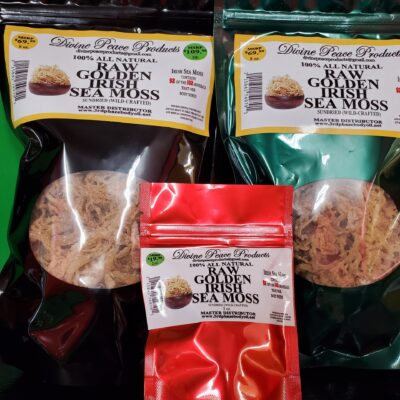 How to make SeaMoss Gel Rinse your sea moss thoroughly with spring water. Be sure to run your fingers through the sea moss to remove any trapped particles. Place the sea moss in a bowl and cover with fresh spring water, distilled or alkaline water Cover and refrigerate for 12-48 hours. Pour off the water and give the sea moss another rinsing with water of your choice Place the sea moss in a blender and add 3/4-1 cup of fresh spring water. Blend until desired texture is reached. Place sea moss gel in an airtight, sterile container and refrigerator for up to 1-month. Take 1 tablespoon per day. (Mix into smoothies, oatmeal, soups, applesauce, etc)
How to make SeaMoss Gel Rinse your sea moss thoroughly with spring water. Be sure to run your fingers through the sea moss to remove any trapped particles. Place the sea moss in a bowl and cover with fresh spring water, distilled or alkaline water Cover and refrigerate for 12-48 hours. Pour off the water and give the sea moss another rinsing with water of your choice Place the sea moss in a blender and add 3/4-1 cup of fresh spring water. Blend until desired texture is reached. Place sea moss gel in an airtight, sterile container and refrigerator for up to 1-month. Take 1 tablespoon per day. (Mix into smoothies, oatmeal, soups, applesauce, etc) -
Sale!
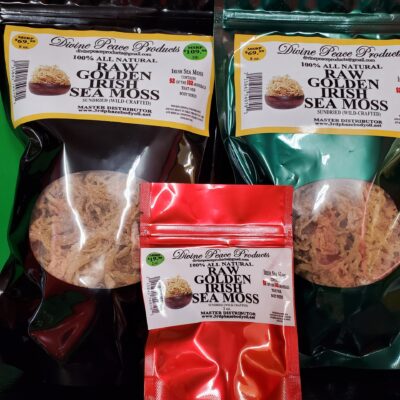 How to make SeaMoss Gel Rinse your sea moss thoroughly with spring water. Be sure to run your fingers through the sea moss to remove any trapped particles. Place the sea moss in a bowl and cover with fresh spring water, distilled or alkaline water Cover and refrigerate for 12-48 hours. Pour off the water and give the sea moss another rinsing with water of your choice Place the sea moss in a blender and add 3/4-1 cup of fresh spring water. Blend until desired texture is reached. Place sea moss gel in an airtight, sterile container and refrigerator for up to 1-month. Take 1 tablespoon per day. (Mix into smoothies, oatmeal, soups, applesauce, etc)
How to make SeaMoss Gel Rinse your sea moss thoroughly with spring water. Be sure to run your fingers through the sea moss to remove any trapped particles. Place the sea moss in a bowl and cover with fresh spring water, distilled or alkaline water Cover and refrigerate for 12-48 hours. Pour off the water and give the sea moss another rinsing with water of your choice Place the sea moss in a blender and add 3/4-1 cup of fresh spring water. Blend until desired texture is reached. Place sea moss gel in an airtight, sterile container and refrigerator for up to 1-month. Take 1 tablespoon per day. (Mix into smoothies, oatmeal, soups, applesauce, etc) -
Sale!
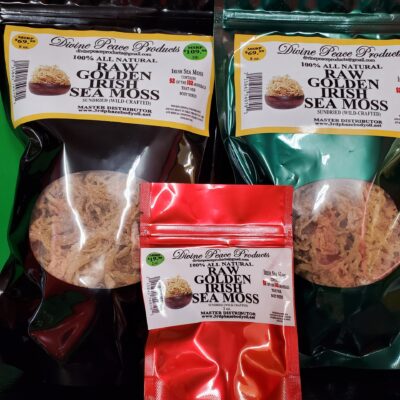
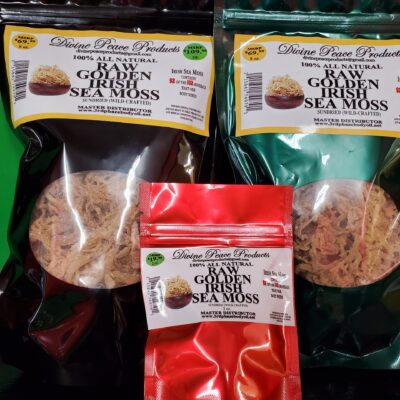 How to make SeaMoss Gel Rinse your sea moss thoroughly with spring water. Be sure to run your fingers through the sea moss to remove any trapped particles. Place the sea moss in a bowl and cover with fresh spring water, distilled or alkaline water Cover and refrigerate for 12-48 hours. Pour off the water and give the sea moss another rinsing with water of your choice Place the sea moss in a blender and add 3/4-1 cup of fresh spring water. Blend until desired texture is reached. Place sea moss gel in an airtight, sterile container and refrigerator for up to 1-month. Take 1 tablespoon per day. (Mix into smoothies, oatmeal, soups, applesauce, etc)
How to make SeaMoss Gel Rinse your sea moss thoroughly with spring water. Be sure to run your fingers through the sea moss to remove any trapped particles. Place the sea moss in a bowl and cover with fresh spring water, distilled or alkaline water Cover and refrigerate for 12-48 hours. Pour off the water and give the sea moss another rinsing with water of your choice Place the sea moss in a blender and add 3/4-1 cup of fresh spring water. Blend until desired texture is reached. Place sea moss gel in an airtight, sterile container and refrigerator for up to 1-month. Take 1 tablespoon per day. (Mix into smoothies, oatmeal, soups, applesauce, etc) -
Sale!
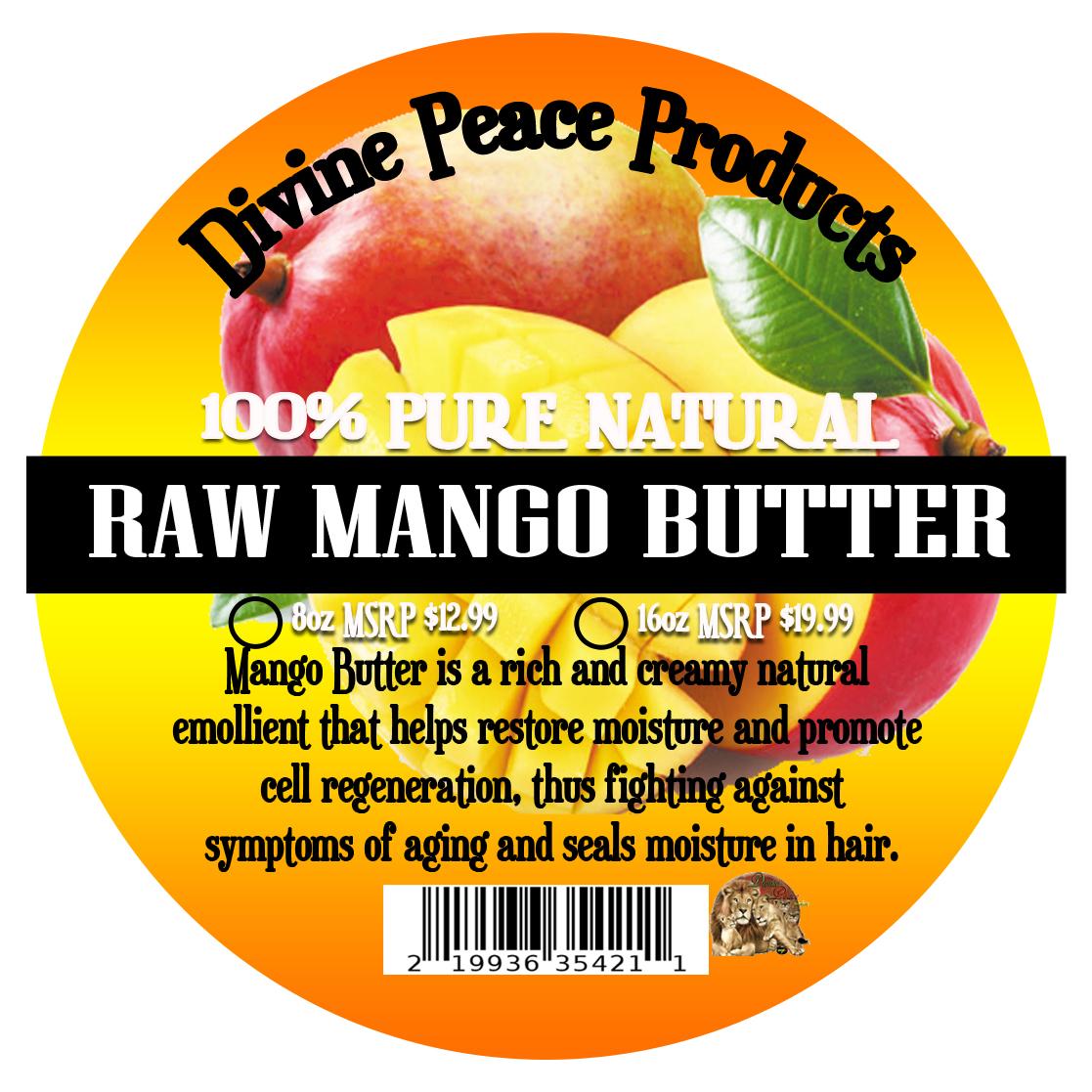

Soothe Conditions Like Eczema and Psoriasis
For some of us, dry and scaly skin is an even bigger problem.
Eczema is a common condition in which the skin develops dry, sensitive areas which may develop into rough, leathery patches, inflamed areas, or dark patches. The common feature, though, is itchiness.
Psoriasis is a skin disorder in which skin cells multiply far faster than normal, which makes skin build up into bumpy red patches covered in white scales.
If you live with either of these conditions, you’re likely familiar with the daily irritation–and, at times, the embarrassment–that comes with dealing with your skin. Unfortunately, these conditions aren’t always responsive to regular store-bought lotions and creams.
This is where mango butter can help. It has remarkable anti-inflammatory properties that can help soothe dry patches while also providing skin with essential nutrients it needs in order to heal.
Reduces Fine Lines
We said earlier that our skin produces less oil as we age. This is part of why we develop fine lines as we age, on top of our skin losing elasticity as we grow older.
Mango butter has a significant amount of fatty acid and mineral content, the exact ingredients your skin needs to slow the appearance of fine lines. Of particular value is mango butter’s high concentration of vitamin A, an essential nutrient for cell growth.
It’s also deeply moisturizing without being greasy, which helps your skin maintain a healthy oil balance like the skin of someone much younger.
Battle Acne
You might be surprised to hear that a body butter is good for treating acne. But keep in mind what we said earlier–mango butter is non-comedogenic, which means it can provide moisture and healthy oil content without clogging your pores.
In fact, it can actually help soothe existing acne because of its anti-inflammatory properties. Once you wash your face, apply mango butter using a small makeup brush. Don’t touch your face once you’ve applied it to avoid introducing new bacteria and oil.
In fact, many people apply mango butter right before bed. If you do take this route, make sure to let it soak in first so you can keep your pillowcase clean.
Calm Itching Bug Bites
Another one of the benefits of mango butter is its anti-inflammatory qualities that make it great for helping heal minor wounds, dry skin, and skin conditions like eczema. It also makes it a good choice for soothing bug bites.
One of the worst things you can do for a healing bug bite is scratch it, as you’ll irritate the skin surrounding the bug bite as well. Instead of scratching, apply mango butter to the bug bite. It has a cooling effect that will soothe the itchy sensation and help you avoid scratching. The high nutrient content will also help promote healing.
If you’re dealing with a potentially poisonous bite, like a black widow or a brown recluse, you should seek medical attention. However, if you’re dealing with a basic mosquito bite, mango butter is good for soothing itchy skin.
Reduce the Appearance of Scars
Finally, you can use mango butter to help reduce the appearance of scars.
Obviously, it’s best if you treat healing wounds early to minimize the potential for scarring. That said, you can use mango butter in combination with other healing kinds of butter like shea and cocoa to help promote healing and lessen the scar tissue.
-
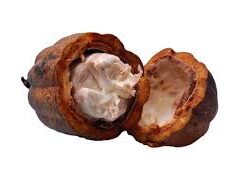

1. Prevents Skin Dryness and Peeling
Why is cocoa butter good for your face? While it’s an excellent skin moisturizer, it does more than just hydrate the skin — it helps actually heal it from the inside out too. It’s a great source of natural antioxidants that are found in cocoa beans, plus fatty acids that are easily absorbed and remain on the skin for hours.
Natural hydrating products also tend to cause much less irritation to the skin than products made with additives, fragrances, colors and dyes.
To use it on your skin to treat or prevent dryness and peeling, try mixing it with other beneficial products like essential oils or argan, castor or jojoba oil. If you have extra dry skin (such as eczema), always use pure cocoa butter and perform a patch test first to make sure you don’t have a sensitivity and wind up developing any negative reactions.
If your cocoa butter is very solid due to being stored in your home in a cool place, try combining it with a bit of hot water to make it melt. You can boil some water on the stove and then pour it onto a handful of cocoa butter to make it more spreadable. Some people find that black cocoa butter is the softest and spreads onto skin best without needing to be warmed much, but that commercial, deodorized cocoa butters are more brittle and hard.
2. Heals Chapped Lips
One of the most popular ways to use cocoa butter is on chapped lips, especially in homemade lip balms. It can be used with grapefruit, vanilla, orange or peppermint oil to make flavorful lip palms that are also hydrating for delicate skin.
Cocoa butter is an emollient, which means it adds a protective layer of hydration to your lips, useful for blocking the effects of very cold temperatures, sun damage or indoor heat, which can leave your lips dry.
3. Fights Signs of Aging
Cocoa butter contains compounds called cocoa mass polyphenols, which some studies have found can help diminish signs of aging, plus soothe sensitive skin suffering from dermatitis or rashes.
Polyphenols are types of antioxidants that promote health both internally when eaten and when used topically on the skin. Cocoa’s polyphenols have been found to fight various chronic diseases, degeneration of the skin, sensitivities and even cell mutations.
Research shows that its polyphenols have several positive indicators for skin health, including reducing photoaging, improved skin elasticity and skin tone, better collagen retention/production, and better hydration.
When comparing cocoa butter to commercially available products, studies have shown that both can have positive results, but only cocoa butter is free from potentially harmful or irritating ingredients.
4. Soothes Burns, Rashes and Infections
You can rub a small amount of pure cocoa butter into burnt skin to help skin replenish. Just make sure it’s pure and doesn’t contain any alcohol, fragrances/perfumes or other additives that can lead skin to become even more inflamed and sensitive.
It’s even gentle enough to be used as a natural treatment for eczema, dermatitis and skin rashes. Aloe vera gel or tea tree essential oil are two great additions for applying to burnt or damaged skin.
5. Helps Treat Mouth Sores
If the inside of your mouth is prone to developing painful sores, or your lips develop recurring blisters, try using a bit of cocoa butter to keep them moisturized. Preventing too much dryness in the inside on the lips and in the mouth is one way to help prevent sores and blisters from forming.
6. Makes a Great Shaving Cream
You can use cocoa butter in your tub to shave and hydrate skin at the same time. It melts easily in warm water and won’t clog your drain.
Use a small handful before shaving to prevent nicks and to leave just-shaven skin feeling nice and smooth. After showering is another great time to slather it on, since heat opens up pores and makes it absorb products better.
7. May Help Improve Heart Health
While saturated fats used to be frowned upon and blamed for contributing to heart problems, today many researchers believe that plant-derived saturated fats can actually be beneficial for reducing the risk of cardiovascular diseases.
The polyphenolic components found in cocoa butter have been shown in certain studies to help lower inflammatory markers involved in atherosclerosis (hardening of the arteries), which is why cocoa is now considered an anti-inflammatory food.
Cocoa also seems to help with lipid (fat) metabolism and is linked with a decreased risk for vascular events, such as a heart attack.
8. Provides Antioxidants That May Fight Inflammation
Some antioxidants remain in cocoa butter even after it’s separated from the beans’ solids, which means it may be beneficial for lowering inflammation.
Many studies have shown that plant polyphenols exert antioxidant powers within the immune system, fighting inflammation, DNA damage and cellular mutations, which are the underlying cause of diseases like cardiovascular disease, cancer and autoimmune conditions.
9. Provides Fatty Acids That Support Brain Health
Fats in your diet, especially cholesterol and saturated fat, are vitally important for brain health and maintaining a positive mood, in addition to supporting hormone production and controlling your appetite. Fats serve as building block for brain cells and are needed to make to sex hormones including estrogen, progesterone and testosterone, which control numerous bodily processes.
What About Cocoa Butter for Stretch Marks?
Around the Web, one of the most popular uses for cocoa butter is preventing or treating stretch marks, especially during pregnancy. Does this method actually work? Overall, study results have been mixed regarding its efficacy for getting rid of stretch marks.
Many people report improvements in visible stretch marks after using it, but certain studies have found that compared to placebo treatments, women don’t actually show significantly more improvements when using lotion made with cocoa butter. There’s no harm in trying it for preventing stretch marks, but it doesn’t seem to reverse those that have already formed.
-
Sale!
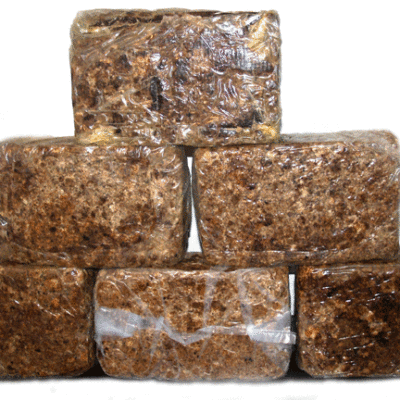

Black Soap can be used for the Face, Body and Hair
Benefits of Black African Soap:
Traditional African Black Soap is Centuries Old
Black African Soap Has Numerous Benefits and is Not Scented.
Africans have used Black Soap For Centuries to help with these Skin Problems:
* Relieves Acne (using Raw Shea Butter helps with this process)
* Oily Skin,
* Clears Blemishes and Various other Skin Issues.
* Many swear by it for Skin Irritations and Conditions such as Eczema and Psoriasis.
* African Black soap has also been used to Achieve Quality Beautiful Skin.
* Africans have also used this Natural Soap for Bathing and Washing their Hair.
* It's excellent for Removing Make-Up
* Black Soap will leave your Skin Silky Soft and Clear.
* Black Soap is used to Rid the Skin of Rashes, Ring Worm, Measles, and Body Odors.
* It is also used as a Natural Shampoo to Avoid Dry Itchy Scalp.
* Black African Soap is Rich is Vitamins A & E and Iron
The Benefits of African Black Soap
African traditional black soap is one of the most beneficial yet unheard of soaps you will ever find. Made from dried plantain skins, palm leaves, cocoa pod powder, and kernel oil for an all-natural cleansing process. Plantains skins are largely what make this soap so effective. Plantain is a fruit that grows in Africa & South America that looks similar to a banana, except it is much larger and tastes altogether different. You can find plantains at many ethnic or international grocery stores. It is a natural source of vitamins A & E and iron. When black soap is made, the skin of the plantain is gingerly dried to a precise texture under the sun. Afterwards it is roasted in a clay oven. The heat must be constant in order to achieve the perfect brownish black color, texture & smell. Afterwards, cocoa pod powder is added. Cocoa pod is the shell of the cocoa fruit and also has natural healing properties.
The next process is very precise because if it is not done properly, with the correct ingredients, there will be no soap. The roasted plantain skin is mixed with palm oil and palm kernel oil to form the soap. The roasted plantains determine the color of the soap. The longer the plantains are roasted, the darker the soap.
African black soap is soft with an organic shape. It has a delicate texture and a natural, earthy smell. It is not oily, and can be used for hands, face, body and hair. It is most commonly found in Ghana, however other countries have their versions of black soap as well. Other words for black soap are Alata Samina, Anago Samina which comes from the Twi language in northern Ghana.
The benefits of black soap:
- Helps deep clean skin.
- Works on most skin types including rough and dry or sensitive skin
- Helps clear skin bumps and spots
- Helps relieve acne, oily skin & other skin problems.
- Great for removing makeup
- Works against premature facial lines and wrinkles
- Can be lathered and used as a shampoo.
Ingredients are : Traditional Black Soap contains mainly water, cocoa pod ashes, plantain skins ashes, and palm oil, cooked together .
Using African Black Soap:
Break off a bar-size piece from the bulk, then press it to shape with your hands, or use it as is. Rub the bar between your hands (or on a washcloth would also work), then rub your soapy hands on your skin and hair. (If you rub the bar on your hair, it will get hair stuck to the bar.) Black soap absorbs water easily, so keep it from sitting in water or it will dissolve away. The soap holders covered with little vertical fingers work well.
Because this soap is softer than commercial soap, it comes off the bar more easily, so less rubbing of the bar is needed to release enough soap. When you start another bar, just push the old soap sliver onto the new piece and the two will easily unite; leaving no waste.
Storing your African Black Soap:
Pure traditional African black soap is a soft milled soap and has very high natural glycerin content. As a result, it readily absorbs moisture from the air. It must be stored in a dry location or in a sealed plastic bag or it will become soft as it absorbs moisture. Black soap exposed to the air will have a thin white colored film. This film is not mold it is caused by absorption of water from the air. This can be avoided by keeping the soap in a dry location away from moisture until ready for use. -
Sale!
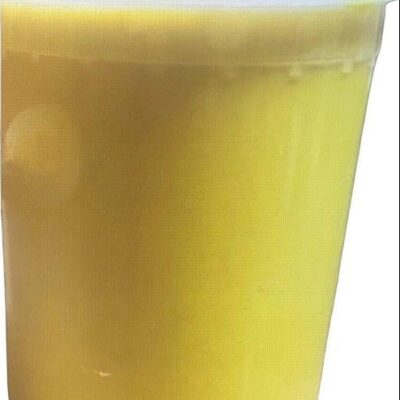
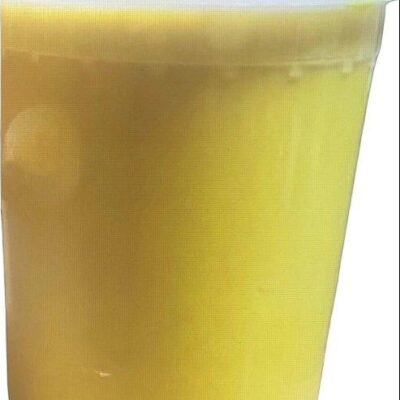
- Moisturizes Dry Skin. ...
- Treats Acne And Blemishes. ...
- Reduces Skin Inflammation. ...
- Anti-Aging And Anti-Free Radical Agent. ...
- Provides Relief To Itchy And Peeling Skin. ...
- Restores The Elasticity Of The Skin. ...
- Reduce Razor Irritation And Bumps. ...
- Reduces Stretch Marks.
-
Sale!
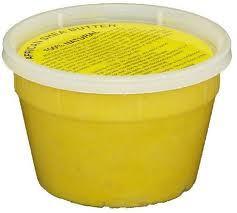

- Moisturizes Dry Skin. ...
- Treats Acne And Blemishes. ...
- Reduces Skin Inflammation. ...
- Anti-Aging And Anti-Free Radical Agent. ...
- Provides Relief To Itchy And Peeling Skin. ...
- Restores The Elasticity Of The Skin. ...
- Reduce Razor Irritation And Bumps. ...
- Reduces Stretch Marks.
-
Sale!
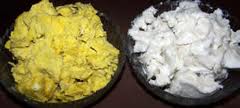

Shea butter is often used in moisturizers, creams, lotions, and other emulsions for the skin and hair. It is rich in fats that make it an excellent emollient and skin moisturizing agent. Experiments also showed it has anti-inflammatory and antioxidant properties. These can help reduce inflammatory skin diseases and the damage the skin and hair have undergone due to free radicals.
It also contains vitamins A and E, which not only keep the skin in optimal health but also protect it from being damaged by the sun’s harmful ultraviolet radiation. These components give shea butter a mild sun protection factor (SPF). Vitamin E also soothes dry skin and improves the skin’s elasticity, making this butter a good anti-aging agent (2).
Now, when it comes to the types of shea butter available in the market, there are a handful of varieties. Raw or pure shea butter is the most natural form that is usually yellow or green. It may contain a few impurities as it has not been processed at all and is sold right after extraction from the nuts. This raw version can be processed in different ways to yield different varieties of shea butter. We shall discuss these below.

